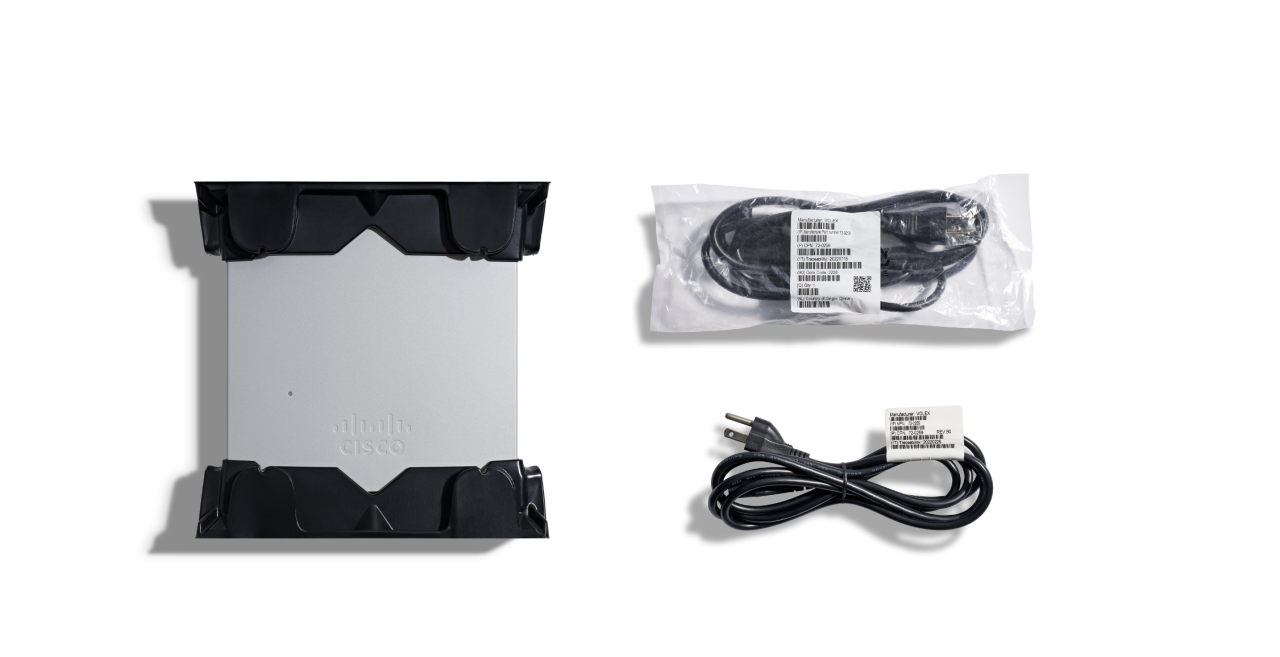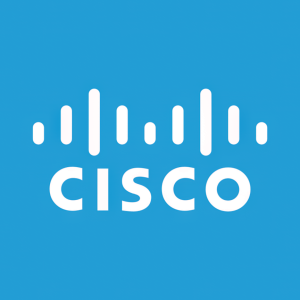Cisco's Sustainability 101: What Are Virgin Plastics?
- Cisco is eliminating plastic bags in their packaging, resulting in a reduction of over 10 million bags annually.
- Cisco is prioritizing recyclable and recycled materials in their packaging to conserve resources and reduce greenhouse gas emissions.
- Cisco aims for 100% of new products and packaging to incorporate Circular Design Principles by fiscal year 2025.
- Biodegradable and compostable plastics are not well-suited for use in the electronics industry.
Insights
Analyzing...
NORTHAMPTON, MA / ACCESSWIRE / August 22, 2023 / Cisco Systems Inc.

Do you feel a bit lost when people refer to certain environmental sustainability topics and aren't sure where to start when it comes to learning more? Sustainability 101 is a blog series that you can turn to for information about different environmental terms that may come up at work, during discussions with friends, and even at your annual holiday gathering.
This blog was written by Nicole Kenney, Program Manager, Sustainable Packaging, and Drew Phan, Packaging Engineer.
As part of modern life, most of the products we buy come in plastic packaging. When you buy something with plastic packaging, you're probably not aware of what type of plastic it is. There is recycled plastic, which is when recycled bits of plastic are reprocessed into plastic products. And there is also virgin plastic, also known as virgin plastic polymers, which according to a 2022 report, means "newly manufactured resin produced from petrochemical or biomass feedstock used as the raw material for the manufacture of plastic products and which has never been used or processed before."
Essentially, virgin plastics are manufactured from previously unused materials, which means they can take a bigger toll on the environment.
Since the 1950s, plastic has overrun the packaging industry by providing inexpensive and light-weight protection for products. Plastic packaging is widely available in the form of conventional foams, bags, and clamshell trays. Over the decades, this has led to a global build up of plastic pollution, since these materials are not always managed correctly at end of use. Although plastics are found in all major municipal solid waste categories, in the United States the containers and packaging category had the most plastic tonnage at over 14.5 million tons in 2018 alone (EPA Source #1). That is equivalent to the weight of over 300,000 gray whales. The sheer volume of waste has led to growing awareness around the impact of packaging and increased customer demand for sustainable alternatives.
At the same time, a product has little to no value if it arrives damaged. Cisco's Packaging Engineering division thinks holistically when it comes to designing Cisco's packaging with sustainability in mind. We are rethinking product packaging and are sourcing alternative materials to plastic. Our strategy includes eliminating plastic bags in our packaging wherever possible. As an example, we have removed plastic packaging from our power cords, resulting in a reduction of over 10 million bags annually. Work is underway to apply the same efforts across additional component categories.
Design for Recyclability
Where we cannot completely remove plastic packaging, we must choose alternatives with a smaller environmental footprint. This means opting for recyclable materials that are easily separated and widely accepted in curbside recycling streams. Once these materials are recovered, they can be broken down and re-processed into the feedstock for the next round of packaging.
As an example, our plastic thermoform cushions are made of the same high-density polyethylene material as milk jugs and can be accepted in the same plastic curbside recycling stream.* According to the U.S. Environmental Protection Agency (EPA), HDPE (High Density Polyethylene) is one of the most frequently recycled plastics in the United States (EPA source #1).
In the case of plastic bags in our accessory kits, efforts are underway to utilize fiber-based paper envelopes and corrugated sleeves that are recyclable. Paper is currently the best alternative because it is the most recycled material in the United States (EPA source #2).
Choose Recycled Materials
Recycled materials are different from recyclable materials in that recycled packaging has a percentage of material inputs that have already been broken down and reprocessed after use. By incorporating more recycled content into our packaging, we conserve valuable resources and reduce greenhouse gas emissions compared to manufacturing virgin materials. Choosing recycled materials also promotes recycling by increasing the demand for recycled materials.
We are focusing our energy on recyclable and recycled plastics because, unfortunately, biodegradable and compostable plastics aren't well suited for use in the electronics industry.
Biodegradable and bio-based are terms used loosely to describe plastics made from plant sources. The biggest concern for these materials is that it is not always clear how long it will take for these plastics to break down. Since they are often not certified compostable, they can potentially leech toxins into the soil. (SPC source #3)
When it comes to compostable packaging, the U.S. Federal Trade Commission (FTC) Green Guides explain that this packaging must be certified with "competent and reliable scientific evidence that all materials in the product or package will break down into - or become part of - usable compost safely and in about the same time as the materials with which it is composted" (FTC source #4). This is good for organic waste like food scraps, grass clippings and yard waste. But currently, the shorter shelf life of compostable packaging makes it better suited for food packaging than the electronics industry.
A circular strategy
We are evolving to a more circular model in which we reduce the resources we consume and the waste we generate. With this approach, we try to prioritize materials with recycled content; design products for resource efficiency; and facilitate repair, remanufacturing, and recycling to extend product life. That's why we have a goal for
By pursuing our goal to incorporate Circular Design Principles, we can use less virgin material, and consume less material overall. Reducing our packaging carbon footprint will drive progress towards Cisco's packaging goals (Source #5).
As we take the necessary steps to embed Circular Design Principles into our packaging portfolio, it is important to remember that every choice has tradeoffs - there is no one-size fits all solution. Achieving circularity is an iterative process - what is best for today may not be what's best for tomorrow. But if we remain agile and strive for success, we can continue to move in a positive direction towards a circular economy.
Follow our Packaging Engineering team's journey as we continue to evolve our circular packaging portfolio (Source #6).
__________________________________________________________________________
* Check your local municipality for more info.
** In fiscal year 2022, we had conducted a soft launch of a new scoring tool that evaluates circularity in products and packaging. We used the soft launch to evaluate
SOURCES:
- Plastics: Material-Specific Data | US EPA
- Paper and Paperboard: Material-Specific Data | US EPA
- Public_SPC-Position-Statement_Biodegradable-Packaging.pdf (sustainablepackaging.org)
- Environmental Claims: Summary of the Green Guides | Federal Trade Commission (ftc.gov)
- Environmental Goals - Cisco ESG Hub
- Cisco Sustainable Packaging - Cisco
View original content here.
View additional multimedia and more ESG storytelling from Cisco Systems Inc. on 3blmedia.com.
Contact Info:
Spokesperson: Cisco Systems Inc.
Website: https://www.3blmedia.com/profiles/cisco-systems-inc
Email: info@3blmedia.com
SOURCE: Cisco Systems Inc.
View source version on accesswire.com:
https://www.accesswire.com/775935/Ciscos-Sustainability-101-What-Are-Virgin-Plastics







